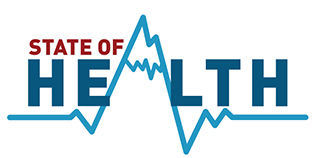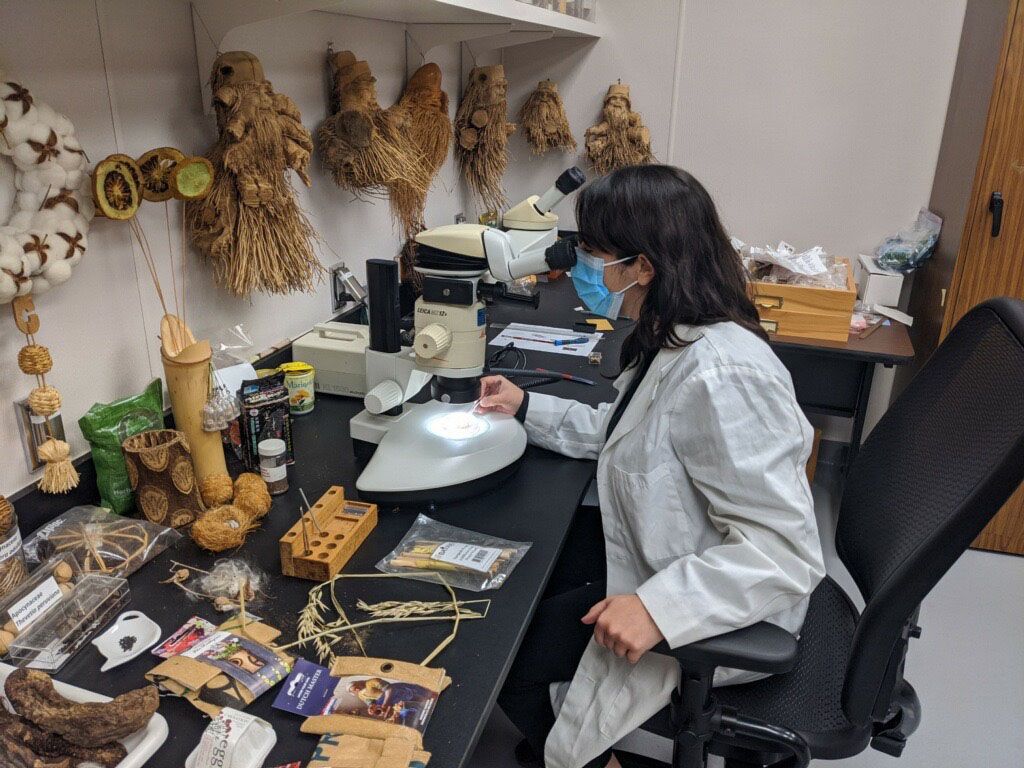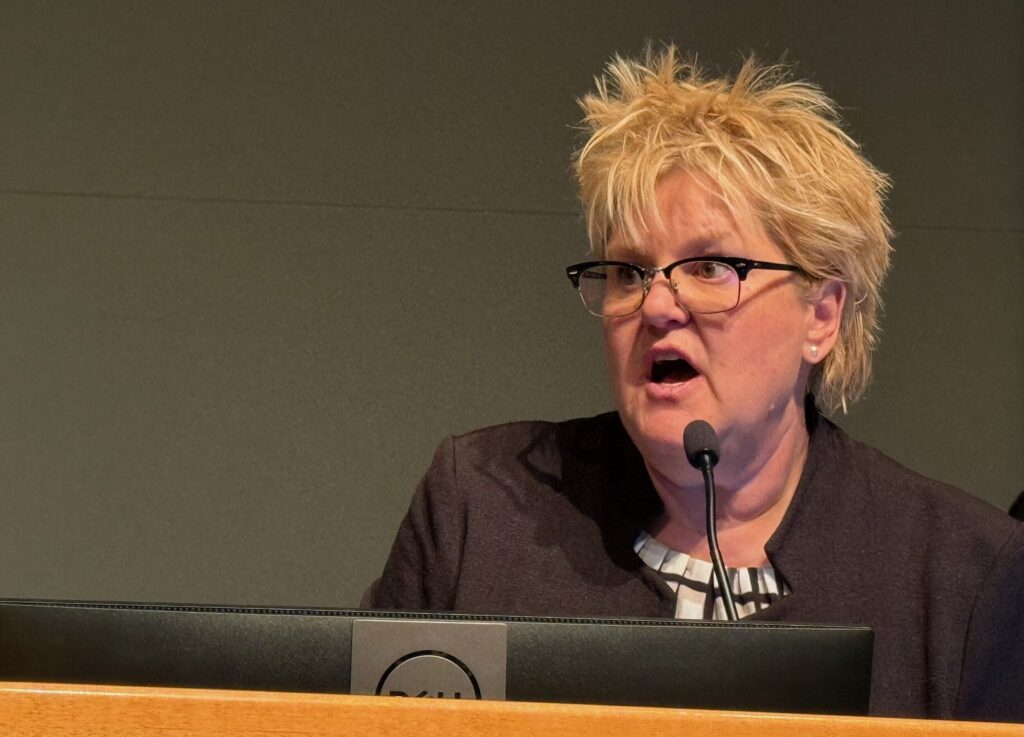Colorado’s health co-op seeks just-right ‘Goldilocks’ zone

Amidst the marketplace turmoil generated by the Affordable Care Act, an entirely new entity was created in 23 states: a non-profit, member-owned health care co-op. Two of these have already closed their doors – one, covering Iowa and Nebraska, after undergoing bankruptcy and another, in Louisiana, in an orderly shutdown that will be completed by the end of the year. Several others are experiencing financial difficulties and their survival is in doubt. In Colorado, this non-profit insuror is the Colorado Health-OP, which covers 80,000 lives. The Health-OP also provides just over 40 percent of all policies issued through the state health care exchange, Connect for Colorado. There is considerable public confusion about the difference between these organizations.

The opportunity to form co-ops was slipped into Obamacare in an effort to provide supporters of a public option, who desired a federal insurance program, with an alternative to for-profit, private insurance plans. The co-op proposal appealed to Montana Sen. Kent Conrad, a key sponsor of the legislation, at least in part, because of his familiarity with successful agricultural co-ops. The primary sponsor of what became the Colorado Health-OP application was the Rocky Mountain Farmer’s Union. Concerned whether the Exchange would offer plans throughout the state, particularly in rural communities, the Farmer’s Union, itself a co-op, provided seed money for the operation. Once selected, following a competition, the Colorado Health-OP was awarded roughly $70 million to cover start-up expenses and provide an initial reserve for claims. During 2014 the Health-OP attracted just 14,000 members and finished the year with a $20 million loss.
Health-OP has attracted customers seeking the cheapest plans because it offers the lowest premiums on the exchange. The Iowa-Nebraska co-op buckled under claims from a huge influx of more than 100,000 members with multiple medical issues. Louisiana, by contrast, with just 6,000 applicants, failed to reach critical mass and is closing its doors. Critics of Health-OP – primarily its competitors on the exchange – whisper that it’s easy to capture market share with cheap rates. Private insurors have entered the Colorado market in the past adopting a similar strategy, only to ultimately fail as medical claims outstripped revenue and insurance reserves evaporated. By way of analogy, cosmologist David Waltham describes the Goldilocks zone in his recent book “Lucky Planet” – the Earth, he wrote, is not too warm, so our water never boiled away, and not too cold, so there was always liquid water beneath the ice, even when the planet looked like a snowball.
Colorado’s Health-OP is hoping to engineer its growth at a rate that’s neither too fast, nor too slow. This remains uncharted territory. In 2009, Conrad told journalist Ezra Klein that a co-op’s critical mass is around 500,000 members. So far in 2015, Health-OP has been collecting more in premiums than it has been paying out in claims, but it discovered last year that once members reach their deductible limits, they begin to pursue deferred maintenance for conditions they might have ignored before. Members filed numerous, expensive claims in August, September and October last year. Also buried in Obamacare, however, are provisions for risk corridors, reinsurance and risk adjustment. These are mechanisms that transfer funds from insurors with few high-risk clients (“cherry pickers”) to those with sicker-than-average members (“adverse risk selection”). The Health-OP expects to recover virtually all its losses from 2014 from risk payouts scheduled during the next few months. Half a dozen financial audits have found no reason for alarm.
Julia Hutchins, CEO of Health-OP, has a long history in the health care business, having been hired away from Colorado Access, the state’s Medicaid payments manager, where she supervised its Medicare program. Health-OP will elect its first member-controlled board in September. Relying on contracts with Centura and Banner for its Exclusive Provider Organization, or EPO, and Cofinity for its Preferred Provider Organization, or PPO, Health-OP now counts just 75 employees. Focused on creating an entirely fresh health care model, Hutchins is seeking her own Goldilocks zone: growth that is just right – not so slow as to be cold and not so fast as to become hot and burn through the co-op’s reserves. Meanwhile, half the crowd watching this tightrope act expects – and might even be rooting for – a slip.
– mnhwriter@msn.com











